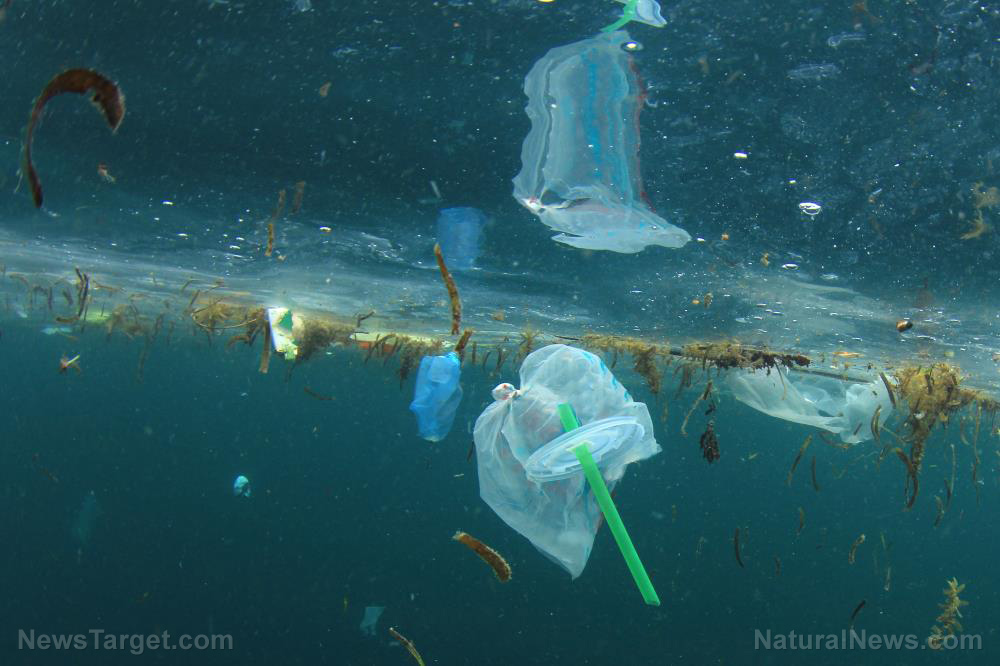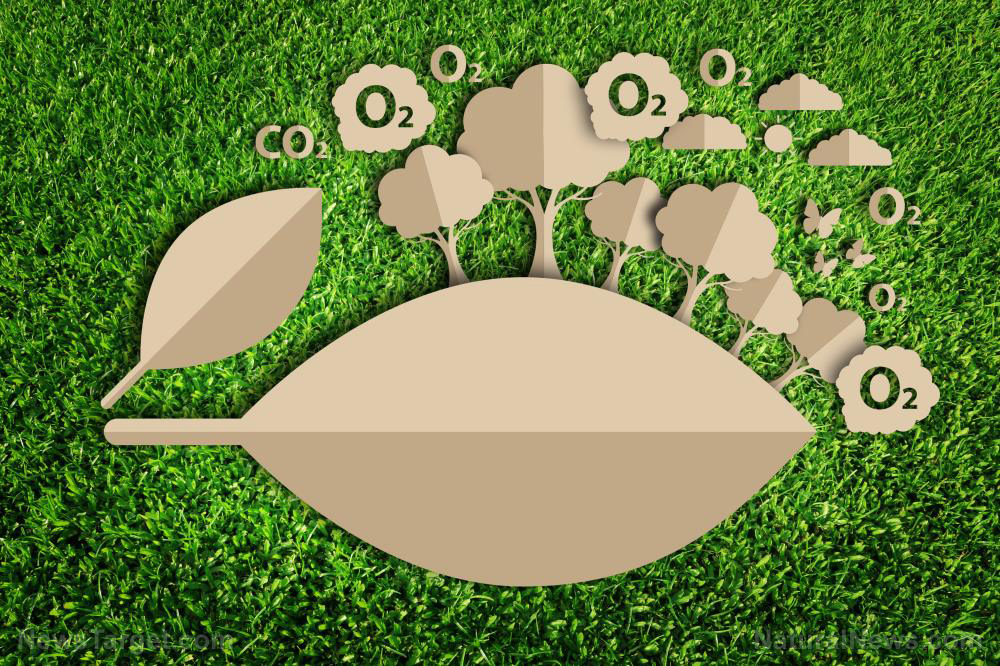Are antibiotic residues and fecal pollution responsible for the increased level of antibiotic-resistant bacteria in the environment?
05/03/2019 / By Edsel Cook

Antibiotic-resistant bacteria pose a considerable threat to human health. Swedish researchers believe that these drug-resistant, disease-causing microbes developed their immunity via exposure to the leftover antibiotics found in human feces, which entered the environment through sewage discharge.
There are some possible reasons behind the increasing prevalence of drug-resistant bacteria in the environment. One possibility is on-site selection. As sewage treatment plants dump feces loaded with antibiotic residues into the environment, bacteria in these sites are selected by those residues, promoting the evolution of new and resistant forms.
Another reason is environmental contamination by fecal bacteria. Gut microbes from humans and animals have been exposed to antibiotics and are generally more resistant than environmental bacteria. As a result, contamination of environmental bacteria with fecal bacteria and exposure to sub-therapeutic concentrations of antibiotics result in drug-resistant strains.
Fecal bacteria are responsible for the rise of antibiotic-resistant strains
Researchers from the University of Gothenburg set out to determine the cause of the increase in antibiotic-resistant bacteria in the environment. Knowing the cause, they said, would help them come up with the right strategy to reduce the risk posed by these pathogenic microbes. (Related: Drug-resistant bacteria responsible for increased infection rates in surgery patients.)
They chose to evaluate the levels of crAssphage in samples taken from environments affected by fecal pollution. crAssphage is a virus that is abundant in, and specific to, human feces, so the researchers used it as a marker for human fecal contamination.
Based on their analysis, the researchers found that fecal pollution is the primary cause of the high levels of antibiotic-resistant bacteria found in environments that receive treated sewage discharge. The abundance of crAssphage confirmed the abundance of mobile antibiotic resistance genes in sewage discharge. However, they did not see any clear signs that antibiotic resistance was disseminated by these genes in the affected environments, suggesting that these drug-resistant bacteria came directly from wastes.
On the other hand, environments near drug manufacturing plants were polluted with high levels of antibiotics which came from their wastewater discharge. Understandably, the bacteria living in these environments displayed high levels of antibiotic-resistance genes. However, since these bacteria did not originate from human feces, they did not have any crAssphage present. This led the researchers to conclude that on-site selection was the cause of the abundance in antibiotic resistant genes found in the polluted sediments.
Antibiotic residue in sewage can also cause bacteria to become drug resistance
“These [finding] are important as they can inform management of human health risks associated with antibiotic-resistant bacteria in the environment,” explained Joakim Larsson, one of the authors of the study. “While antibiotic residues [is] clearly the cause for the exceptionally high levels of resistance found near some manufacturing sites, fecal pollution is probably the explanation in most other places.”
His team’s findings prove the need to examine the level of fecal pollution in environments that contain antibiotic-resistant bacteria. Furthermore, Larsson also advises against automatically assuming that fecal bacteria are to blame for the presence of drug-resistant bacteria.
As shown by the samples taken from factories that produce antibiotics, on-site selection by antibiotics could still take place at the same time as contamination by fecal bacteria. So while public health officials and researchers need to start keeping track of human fecal pollution, they should not neglect the amount of antibiotic drugs that end up in the wastewater of drug manufacturing plants.
Sources include:
Tagged Under: antibiotic-resistant bacteria, Antibiotics, antiobiotic resistance, Big Pharma, drug manufacturing, environment, fecal bacteria, human wastes, sewage, soil contamination, superbugs, wastewater



















